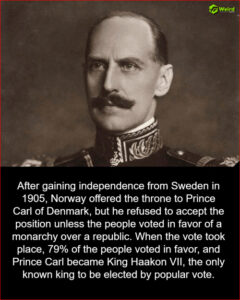“Unearthing the Dark Secrets of Germany’s WWI Corpse Factories: What History Has Forgotten”
Despite these vehement denials, the revelation that the feared ‘Corpse Factories’ were a complete hoax angered the British public, with the Richmond Times Dispatch reporting on December 6, 1925:
“A few years ago the story of how the Kaiser was reducing human corpses to fat aroused the citizens of this and other enlightened nations to a fury of hatred. Normally sane men doubled their fists and rushed off to the nearest recruiting sergeant. Now they are being told, in effect, that they were dupes and fools; that their own officers deliberately goaded them to the desired boiling-point, using an infamous lie to arouse them… In the next war, the propaganda must be more subtle and clever than the best the World War produced. These frank admissions of wholesale lying on the part of trusted Governments in the last war will not soon be forgotten.”
While the London Evening Standard demanded:
“It is vital that he deny the statement instantly. . . Its effect is to discredit British propaganda past, present and future.”
In Germany, fury over the corpse factory hoax reached such a pitch that in December 1925 British Foreign Secretary Austen Chamberlain was forced to issue an official statement that there was no truth to the story.
But if the hoax didn’t originate with Charteris, where, then, did it come from? Despite the British Government’s denials, it is still possible that the hoax was at least partially propagated by British Military Intelligence the War Propaganda Bureau. Indeed, during the war both organizations employed large numbers of established or up-and-coming writers, including John Buchan, author of The 39 Steps, and Winnie-the-Pooh creator A.A. Milne, who in 1918 penned the following poem:










